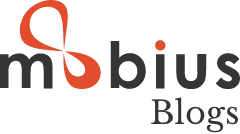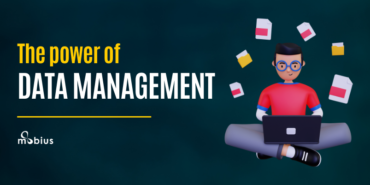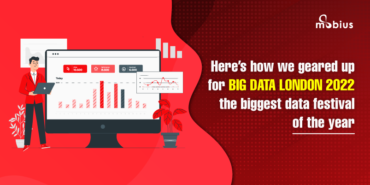“Data, data everywhere”, the paraphrased old rime, is true for every industry today. Not only a business is able to capture far more amount of data internally, but it can access humungous amount of public data – on competitors, demographics, public sentiment, government data, pricing, trigger events for lead generation and so on. Every prospective client, regardless of industry, knows that leveraging information is a key competitive edge in this information economy. This is excellent news for business information industry, because the market is only getting bigger.
The flip side
But, does the real world look all that rosy for the business information businesses?
The truth is that the changes happening in the data world can overwhelm even the most data focused companies. The sheer volume, velocity and variety of data that comes into public domain are staggering. Even five years back, you wouldn’t expect to find enough ‘official’ data in the web. Today, even small businesses treat their website as their key source of truth; governments globally are opening up their data; the world is opening up their life and opinions through social media; and shortly IoT is going to flood the world with even more data.
While this is good news for established business information publishers, the real challenge is whether they can effectively create new products and offerings to exploit the opportunities. If the ideas and plans are not quickly executed, the new world order doesn’t wait. Clients start working on their own data acquisition strategies; young tech savvy companies show up with new business models, and niche competitors start eating away business from the edges. So, what was supposed to be good news can become a two-edged sword.
The challenge of approach and execution
The gap is not about the ideas. The industry has enough visionaries and executives who hear and see what their customers are looking for. Internet also keeps everyone abreast of what’s cooking elsewhere in terms of new technologies and ideas
The real challenge is about the approach to business and execution. In other words, how to re-think the business and have an execution plan that relies on speed and flexibility. This is where the product start-up culture of Silicon Valley with its tested model can give us some pointers.
Lessons we can use
The rapid changes in the data world are here to stay, bringing with it great opportunities & challenges. The start-up world has built a system to manage and navigate these changes that can be a model for the information industry too:
Focus on ‘owning’ the customer: The traditional businesses always focused on building a tightly integrated assembly line from raw material to the finished product. It worked for Henry Ford and it works for Apple now. Unlike these outliers, the rest of the field finds success by working with partners at the back-end, who provide the flexibility, specialization and variable cost advantages. This frees up the mind space and budgets that otherwise is locked up in managing the back-end systems and fixed costs. The key to this approach is to own the customer interface to maintain your competitive advantage. It could be by continually creating targeted solutions for finely-segmented customer bases; by creating products that plug into the customer work flows; establishing a consultative relationship and so forth. This model continues to keep you in-charge even when there are changes in customer business, technology or data availability.
Getting a lean start-up mindset: Another leaf from the Silicon Valley and the agile methodologies is about being willing to light a lot of fires, fueling up the promising ones and putting out others. This means that you don’t start with a ‘perfect-to-market’ new solution but build a ‘minimum viable product’ (MVP) that tests the core product differentiators with the real customers. This is easily executable in today’s world, if the partner mindset is embraced. A lot of the requirements can be outsourced, work with partners who have pre-built modules to build a MVP, work with pay-per-use software and cloud to get the product out faster and with minimal budgets. You can test out many more opportunity ideas and invest only in the ones that has shown customer connect
Technology platform, not applications: The constant change in the data world means that you need flexibility in your delivery systems. The big challenge for many organizations is the legacy systems that are not easy to retro-fit to a new process flow. You do need the robustness of a technology backed process flow to ensure customer experience; however you also need the flexibility to modify the process to come up with product variants or improvise your offerings. Your technology focus needs to move away from building a set of applications to that of creating a data platform. One that can easily customize workflows and can plug-in third party tools and data feeds on demand. It is not an easy task and may need a complete re-architecture of your technology but that has to be the roadmap.
Data industry is continuing on an exciting path. With the changes happening, the glass will continue to look half-full or half-empty for the industry. For the ones willing to embrace change it will be brimming with opportunities. Let’s seize the day!







